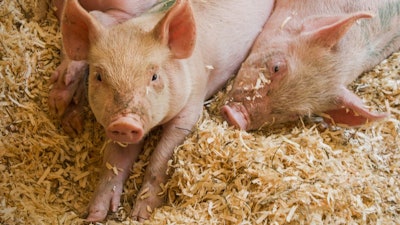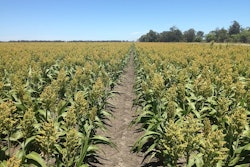
China’s June Pork Imports Down from May but Above Last Year
China’s pork imports totaled 160,467 tonnes in June, nearly 63 percent above June 2018 totals.
That was down from May at 187,459 tonnes.
Calendar-year-to-date imports are at 818,703 tonnes, up 26 percent from 2018.
China’s interior prices have been rising in recent weeks, which could keep interest in pork imports solid as the country continues to battle with African Swine Fever.
While China’s imports are down from May, June imports were larger than other recent months.
What It Means for the U.S. Farmer: If China’s interior prices continue to rise, which is likely given reports of the disease outbreak, larger import totals are expected. There is uncertainty around how many hogs have been lost in China due to ASF. While the US is exporting pork to China, FBN warns producers to not get overexcited on China trade prospects as China recently blocked several exporters from Canada and trade relations with the US remain fragile. Further, the drug Ractopamine cannot be fed to pork exported to China, which could limit U.S. market participants.
Corn Condition Slips, Soy Unchanged
U.S. corn conditions dropped one percentage point to 57 percent good to excellent, which was near average market expectations at 58 percent, published by Reuters.
Conditions remain well below the average for the corn crop.
Corn silking advanced to 35 percent, remaining about five days behind the median.
Cooler temperatures are in the forecast, which is positively correlated with yields.
Soybean ratings were unchanged for the week at 54 percent good to excellent, which was in line with average trade expectations.
The crop was 40 percent blooming, which was about 6.5 days behind the median.
What It Means for the U.S. Farmer: Market attention is expected to remain primarily focused on weather, which is calling for cooler-than-normal temperatures in the coming two weeks. FBN believes sizable uncertainty on acreage and yield will keep the market range bound until fresh input from USDA arrives on Aug 12th.
U.S. Cotton Condition Improves
US cotton was rated 60 percent good to excellent, up from 46 percent a week earlier and 39 percent last year.
Dryland cotton in the Texas Northern Plains was showing some heat stress, but overall the crop in Texas is rated well above year-ago levels.
For the US, 78 percent of the crop was squaring, near the average, while 33 percent of the crop was setting bolls, slightly below the 37-percent average.
What It Means for the U.S. Farmer: FBN believes that while the U.S. crop is in above-average condition, futures have upside potential later in the crop year on tightening supplies in China. While China could look to Brazil as the key source of its imports, the U.S. is poised to have a stronger program in 2019/20 than 2018/19 on strong demand from Vietnam and Bangladesh and on expectations that China will import more cotton than in recent years.
The risk of trading futures, hedging, and speculating can be substantial. FBN BR LLC (NFA ID: 0508695)










